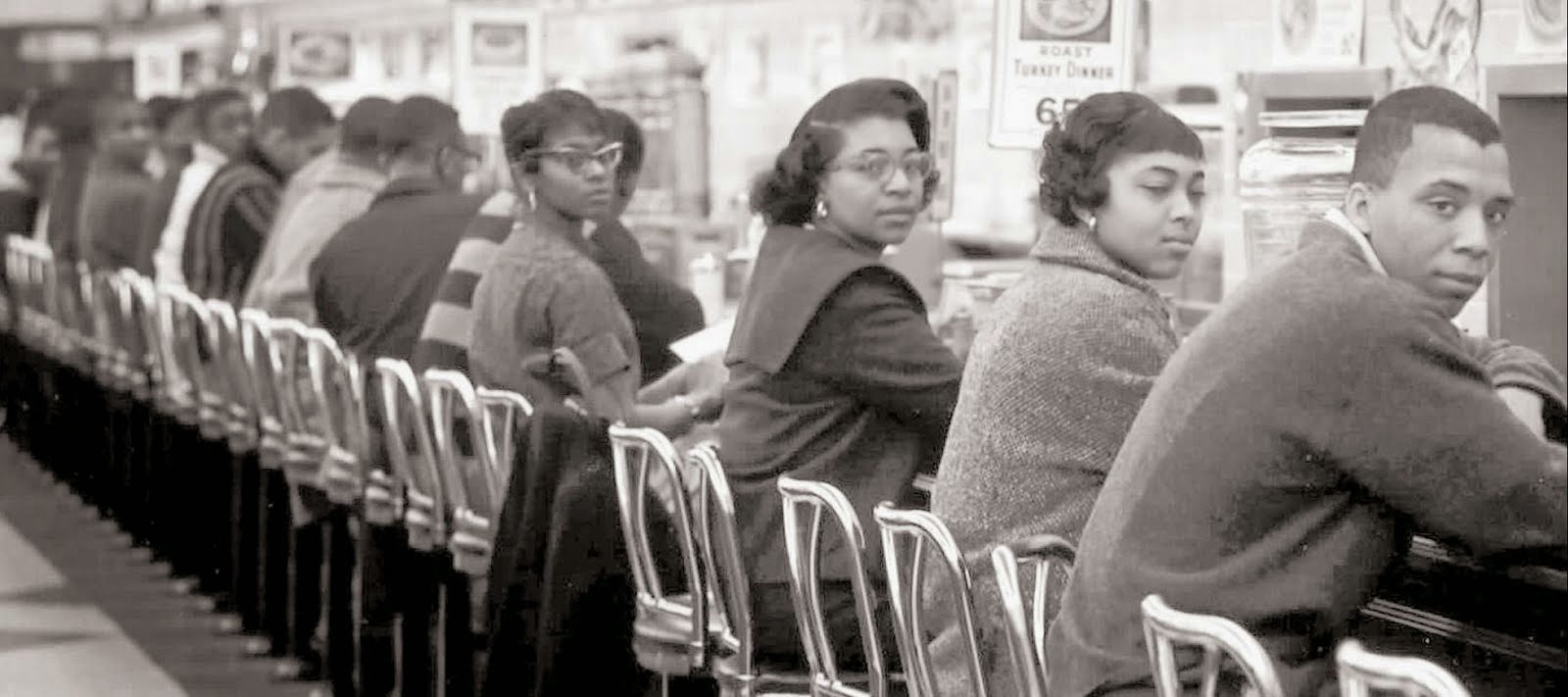In Brittney Cooper’s Salon article “Hollywood’s post-racial mirage: How pop culture got gentrified”, the author discusses how a “post racial revolution” is occurring in the world of television and that a more colorblind approach is being employed when it comes to casting for major roles. She argues, however, that this post-racial way of operating the television industry is not necessarily the definition of progress that needs to happen. One of the most interesting things to emerge in her article is that TV used to be much more racially diverse in the past, at least in terms of black representation, than it is today. Shows like The Fresh Prince of Bel-Air, Family Matters, and The Cosby Show (regardless of Bill Cosby’s current sexual assault allegations) were all over mainstream broadcasting stations and were a positive representation of the lives of black people, including the struggles that come with being a member of that racial group. Now, however, black people are being cast in roles that have been gentrified, portraying people who seamlessly fit into a middle class society without traces of racial influences. The character could literally be played by any race because the issues that the role face does not even address them.
Cooper argues that this is not progress. While I think that it is still important to see these people of color playing roles that could be played by any race, it does not get to the heart of the matter. White society is still in power, and those who are not are expected to conform to the lifestyle choices of those who hold the racial authority. Progress would be exactly what Shonda Rhimes is trying to do on her shows (Grey’s Anatomy, Scandal, and How to Get Away with Murder): show people of color in roles that are powerful, vulnerable, complex, and color-conscious. Following Rhimes' powerful example, racial representation on TV might actually start resembling the realities of the people they are trying to portray.
Brittney Cooper article: http://www.salon.com/2014/03/25/hollywoods_post_racial_mirage_how_pop_culture_got_gentrified/
Brittney Cooper article: http://www.salon.com/2014/03/25/hollywoods_post_racial_mirage_how_pop_culture_got_gentrified/
